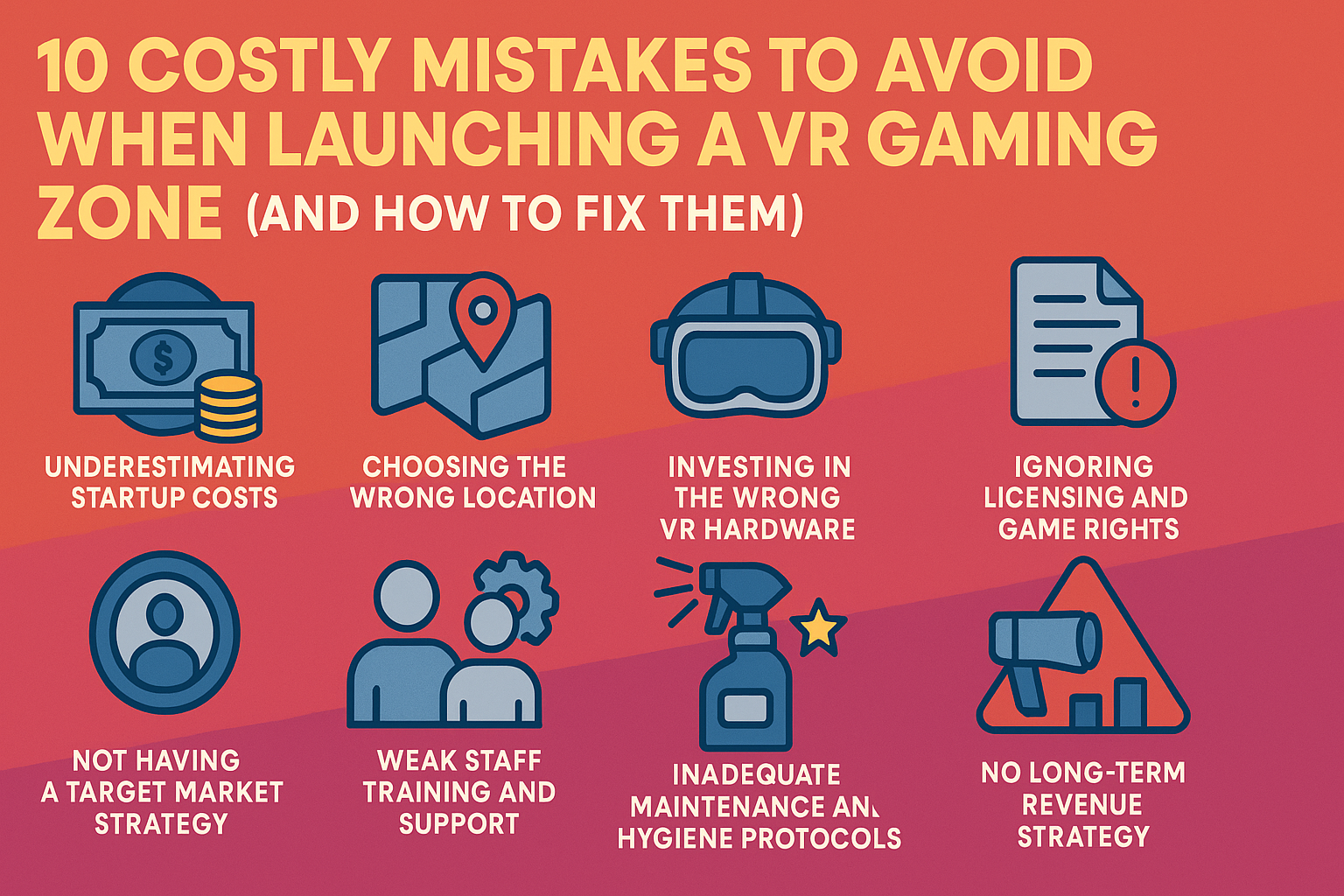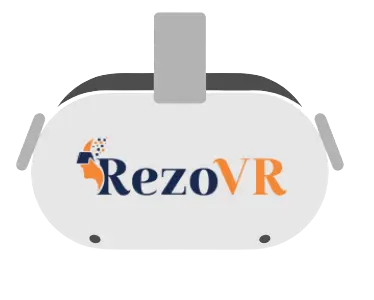Hello, friend! Let me take you on an exciting journey today. You’ve heard of augmented reality (AR). That cool technology lets you add virtual elements to your real-world view.
Imagine this: What if we brought this technology into the construction industry?
Yes, you heard me right. I’m talking about the exciting role of augmented reality in construction. Let me assure you. It’s not some fancy concept; it’s transforming how we construct our world.
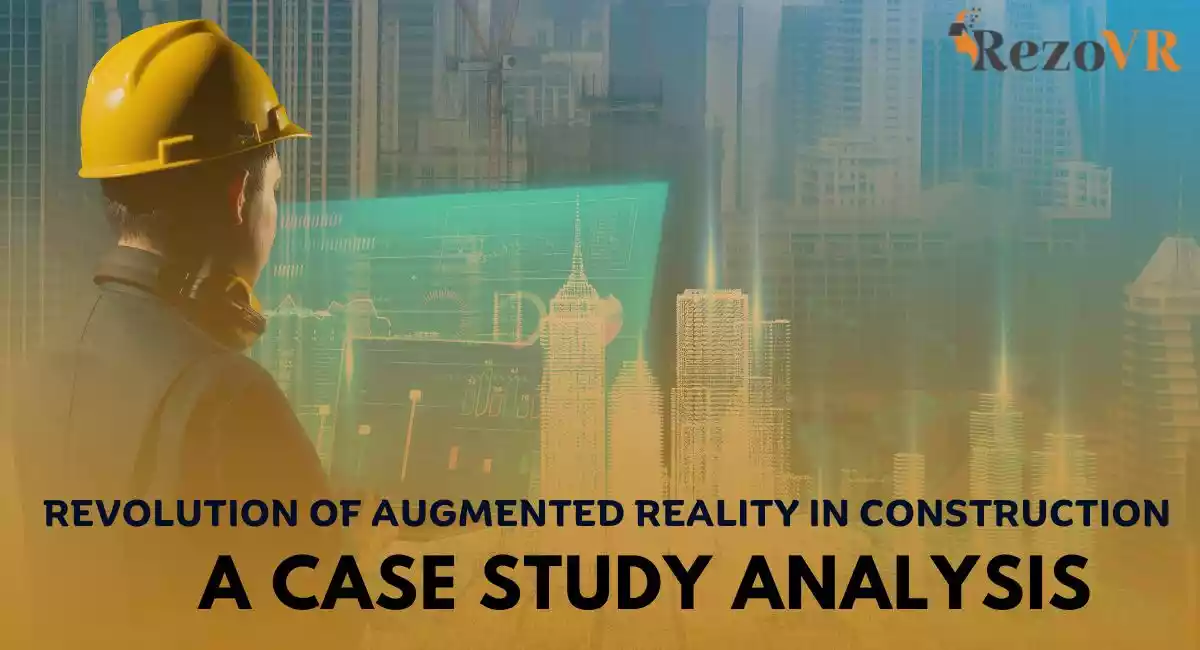

AR, a modern tech marvel, is making inroads into various sectors, construction being one of them.
Intriguing. How can AR apply to a brick-and-mortar industry like construction? Let’s explore how the combination of technology and construction can be transformative and how AR can enhance the experience.
Table of Contents
Overview of AR in Construction
When you hear about AR in construction, you might wonder: How does that even work?
It’s fascinating. AR in construction involves overlaying project designs onto real-world environments, enabling a seamless blend of digital and physical.
The potential applications are endless, from visualising architectural designs in real time to performing virtual construction walkthroughs.
The benefits of this fusion are immense. Imagine being able to spot a design flaw or a safety hazard before the construction even begins. By enabling more precise project management and enhancing safety in construction, AR has become a powerful tool for industry professionals. However, incorporating AR has its challenges – , the costs involved and the learning curve for its adoption.
Let me take you through a real-life example. Consider using AR in civil engineering projects, where complex infrastructures can be visualised before the first brick is laid.
Let’s go a step further and delve into a specific case study to understand the real-world application of AR in construction.
The Future of Construction
Stepping into the future, the traditional construction site as we know it is undergoing a dramatic transformation. More than just bricks, cement, and labour, it’s becoming a field of advanced technology where augmented reality sets new standards in construction. The trusty old blueprints give way to real-time AR interfaces offering virtual construction walkthroughs. Hard hats have AR visors, offering data-rich visual overlays that enhance worker safety and productivity.
In this rapidly advancing world, AR is not merely a ‘nice-to-have’ tool anymore; it’s becoming a ‘must-have’ asset in construction. With its immense potential to improve project planning, execution, safety, and communication, AR is carving out the construction industry’s future.
Greater Interoperability Leads to Better Results
The true strength of augmented reality lies in its interoperability. By seamlessly integrating with other technological advancements like Building Information Modelling (BIM) and the Internet of Things (IoT), AR provides a holistic solution to complex construction challenges.
BIM models combined with AR allow better visualisation of project plans and real-time adjustments. The result? Fewer errors, lower costs, and improved efficiency. Similarly, AR interfaces can leverage data from IoT devices to provide timely alerts about potential safety risks, thus enhancing on-site safety measures. With greater interoperability, AR is undoubtedly leading to better results in construction.
Preventing Rework Using AR
Rework—every construction professional’s nightmare. The associated delays, cost overruns, and potential impact on reputation can be crippling. But here’s where AR comes to the rescue. By providing a visual overlay of the planned design on the actual site, augmented reality in construction can identify discrepancies in real time. It means you can catch any potential issue before it becomes a significant problem requiring costly Rework.
AR is like a guardian angel for construction projects, saving time, reducing costs, and, most importantly, ensuring the end product is as perfect as possible.
Overcoming Obstacles to AR
With all its benefits, the adoption of AR in construction is challenging. These range from the investment required for AR challenging the workforce to use them to integrating AR into existing workflows.
However, these hurdles are manageable. The key lies in recognising that the return on investment manageableantly higher in the long run than the initial costs. As for the learning curve, well-structured training programs can equip the workforce to leverage AR efficiently.
When it comes to integration, adopting a phased approach can be effective. Starting with more straightforward applications of AR and gradually expanding its use can ease the transition, turning these obstacles into stepping stones.
The journey of implementing AR may have its challenges, but the destination—a future where augmented reality in construction is the norm—is undoubtedly worth it.
Case Study Introduction
This case study is based on a construction project located in one of the bustling cities of India. The key stakeholders were faced with a complex architectural design challenge. To overcome this, they decided to implement AR into their process, turning this traditional construction project into a technological marvel.
Implementation of AR in the Case Study
The use of AR in this project was instrumental in shaping its success. The process started with Building Information Modelling (BIM), where AR allowed architects and engineers to visualise the proposed building in its actual location.
Despite facing initial resistance to adopting the new technology and its integration with existing workflows, the team persevered and addressed these issues effectively.
Impact and Results of AR Implementation
The impact of AR on this construction project was transformative. The technology significantly improved productivity and quality control, paving the way for a smooth construction process. The feedback from the construction team, clients, and stakeholders was overwhelmingly positive.
Lessons Learned and Recommendations
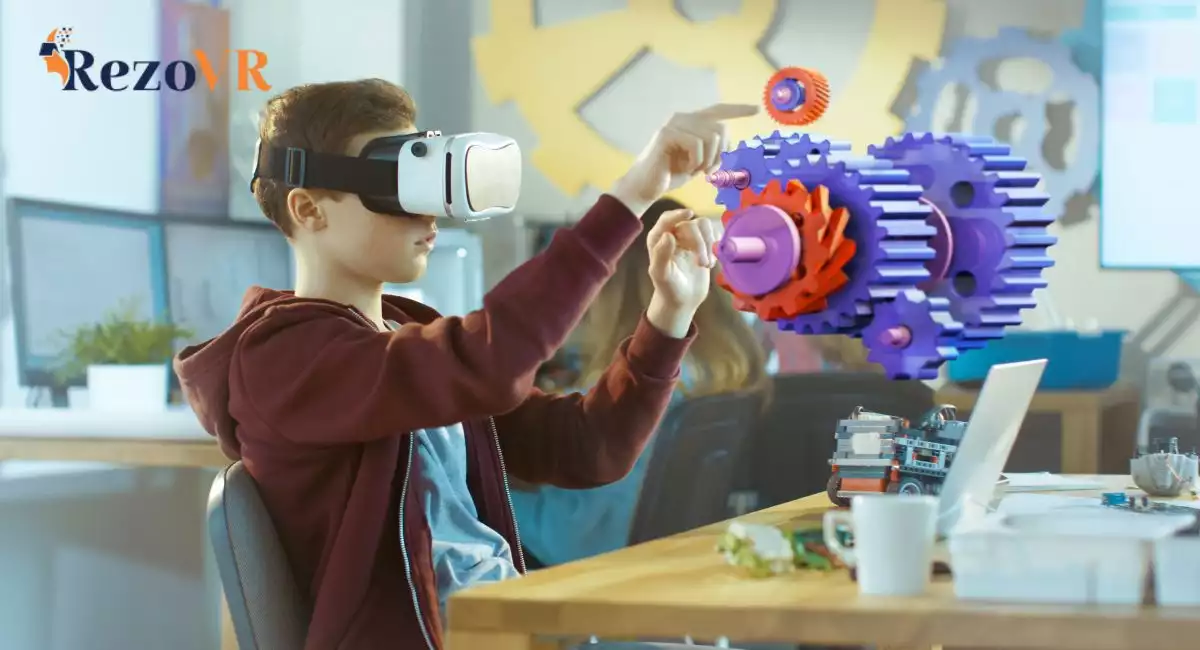

Considering the case study, several insights and recommendations emerge for construction companies looking to implement AR. With its potential to enhance everything from safety to communication in construction, AR is a technology shaping the construction industry’s future.
The Benefits and Limitations of Augmented Reality in Construction
The role of augmented reality in construction is evolving rapidly, becoming a pivotal part of the industry’s tech toolkit. Let’s delve into the benefits and limitations of AR’s construction implementation.
Benefits of Augmented Reality in Construction
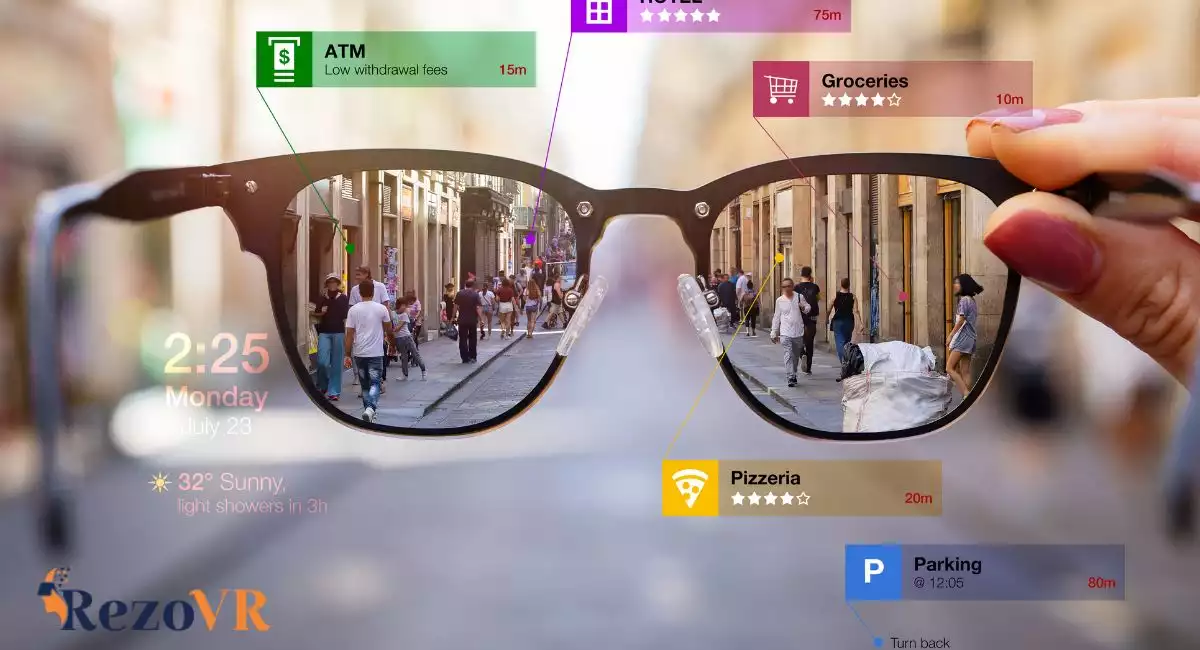

1. Enhanced Visualization: With AR, one can transform complex, 2D blueprints into 3D models. This ability significantly improves project visualisation, enabling a better understanding of the design and plan. It allows for real-time adjustments and aids in decision-making processes.
2. Improved Safety: Safety is paramount in construction. AR technology can help identify potential hazards on the site, displaying vital information on the AR device, making workers aware of their surroundings and preventing accidents.
3. Increased Efficiency: AR assists in improved coordination between different teams working on a project. By offering a visual representation of the project’s progress, AR can help mitigate miscommunication and delays, resulting in enhanced efficiency and productivity.
4. Quality Control: AR can significantly aid in quality control on construction sites. It can provide real-time overlays of the planned project on the actual construction, enabling engineers to spot and rectify discrepancies instantly.
5. Training and Education: AR can create an interactive learning environment, enhancing training effectiveness. Through real-time AR in construction, novice engineers can gain a deeper understanding of the work at hand without the risk of causing damage.
Limitations of Augmented Reality in Construction
Despite the numerous benefits, there are certain limitations to implementing AR in construction.
1. High Initial Costs: Acquiring AR hardware and software can be costly. Small and medium construction firms need help to justify the initial investment.
2. Technological Dependency: The effectiveness of AR relies heavily on the accuracy of the data fed into it. Any initial designs or BIM errors can lead to severe miscalculations and faults.
3. Learning Curve: AR is a high-tech tool requiring specialised training. It might be challenging for some workers to adapt to this new technology, causing delays in implementation.
4. Technical Issues: AR is susceptible to technical glitches and malfunctions, which can hinder work processes on a construction site like any other technology.
5. Regulatory Hurdles: AR is a relatively new technology in the construction domain. Regulatory hurdles may be overcome, particularly regarding data privacy and security.
Despite these limitations, the role of augmented reality in construction is undeniably transformative. As technology advances, the costs are expected to decrease, making AR more accessible to a broader range of construction businesses. The key lies in embracing AR as a tool for growth, development, and improvement and addressing these limitations head-on to unlock the full potential of AR in construction.
Conclusion
Recapping our journey, the introduction of augmented reality in construction brought a significant shift in how we approach construction projects. The future of AR in construction seems promising, with potential applications widening every day.
Our journey today has sparked your curiosity about AR in construction. If you’re a part of this industry, consider exploring AR in your next project. And if you’ve already embraced this technology, I’d love to hear about your experiences.
FAQs
How is augmented reality being used in construction?
AR in construction is used for visualising architectural designs, detecting safety hazards, improving productivity, and enhancing communication, among other things.
What are the benefits of using augmented reality in construction?
AR brings many benefits to construction, including improved safety, increased productivity, enhanced communication, and better quality control.
3. What are some challenges associated with using augmented reality in construction?
While AR has many benefits, some challenges include the costs, the learning curve for its adoption, and integration with existing workflows.
How can augmented reality be used to improve safety in construction?
AR can help identify potential safety hazards by overlaying project designs in the real-world environment.
How can augmented reality be used to improve productivity in construction?
AR can streamline project management by allowing real-time tracking and adjustments.
How can augmented reality be used to improve communication in construction?
AR can enhance communication by providing a clear visual representation of the project, eliminating ambiguities.
7. How can augmented reality be used to improve quality control in construction?
AR can help detect design flaws early by visualising the final project in advance, improving quality control.
8. What are some potential future augmented reality applications in construction?
Potential future applications include:
1. More advanced safety features.
2. Seamless integration with AI and IoT.
3. Even AR-powered training for construction workers.





